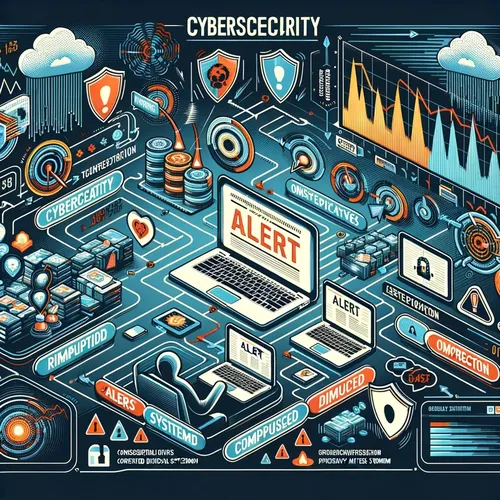Red Alert: China's Cyber Dragon Breathes Fire! Is the US Ready? Buckle Up for a Wild Ride!
- Author
- Quiet. Please
- Published
- Wed 11 Jun 2025
- Episode Link
- https://www.spreaker.com/episode/red-alert-china-s-cyber-dragon-breathes-fire-is-the-us-ready-buckle-up-for-a-wild-ride--66506533
This is your Red Alert: China's Daily Cyber Moves podcast.
Red Alert, everyone! Ting here—your favorite cyber-sleuth and go-to for all things China, hacking, and digital chaos. If you’ve blinked in the last 72 hours, you might have missed a full-blown cyber tempest brewing between Beijing and Washington, so buckle up.
Monday kicked off with a bang: President Donald Trump signed a sweeping new executive order rewriting the entire US cybersecurity playbook. Gone are some Biden-era provisions; in are aggressive protocols to lock down federal cyber hygiene, especially when it comes to critical infrastructure and foreign adversaries. Not surprisingly, China’s name—well, the People’s Republic of China—was front and center as the biggest, baddest cyber threat the US faces. We're talking persistent, sophisticated, and relentless attacks targeting everything from government networks to the private sector and, most alarmingly, critical infrastructure. This isn’t just about stealing corporate secrets anymore; these assaults disrupt vital services and cost billions, not to mention eroding trust in American digital systems.
But that’s not all. Just yesterday, a high-profile attack wave hit SentinelOne, the cybersecurity giant, and over 70 “high-value” targets in what’s being called the “PurpleHaze” campaign. The culprit? China-backed groups APT15 and UNC5174. These folks aren’t script kiddies; they’re seasoned operators bent on breaching endpoint protections, collecting intelligence, and probing for weaknesses in defense contractors, cloud services, and even our trusted energy systems.
Speaking of energy—Chinese-manufactured power inverters used throughout the US grid are now under investigation for suspicious communication hardware. Imagine if these embedded systems are quietly phoning home to China with critical grid data—or worse, waiting for a command to disable whole sections of our power network. The stakes aren’t just theoretical. In the past, the US Treasury—specifically the Office of Foreign Assets Control—was hit by a targeted Chinese operation not long after imposing sanctions on Chinese firms. That was a clear message. The CCP is doing more than collecting info; it’s setting up the chessboard, preparing to disable supply chains, and disrupt responses if shooting ever starts over Taiwan.
So, where are we now? On high alert. Emergency CISA and FBI bulletins have raced out to infrastructure operators—check for odd network traffic, patch those endpoints, and audit device firmware for “unapproved” comms. If you’re running anything supplied by Chinese vendors, it’s DEFCON 1: monitor, isolate, update, repeat.
If escalation continues, expect tit-for-tat cyber maneuvers—data wipes, ransomware, even kinetic consequences if grid or water gets hit at scale. The digital dragon is breathing fire, and the US is finally changing its playbook and sharpening its cyber-swords. Stay patched, stay paranoid, and keep your coffee close. The next 24 hours could get even more interesting with Beijing’s next move. This is Ting, logged in and signing off… for now.
For more http://www.quietplease.ai
Get the best deals https://amzn.to/3ODvOta
